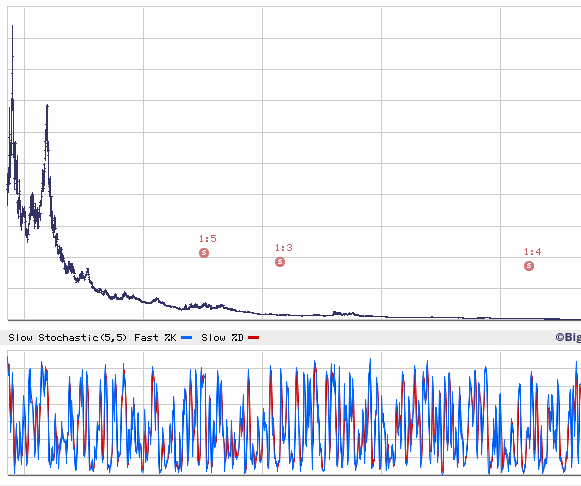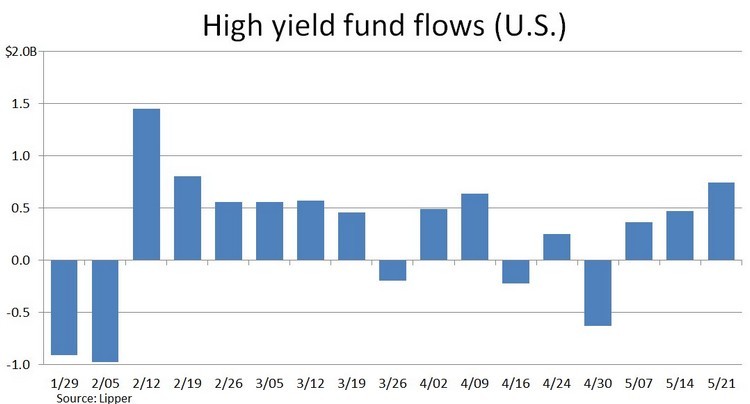Leveraged Funds and Inverse Funds Mutual Funds
Post on: 7 Апрель, 2015 No Comment

Inverse and/or leveraged mutual funds allow investors to pursue nontraditional investment strategies. These funds can either move in the opposite direction of a market or index, amplify market moves, or do both.
Types of inverse and leveraged funds
Inverse mutual funds, which are often referred to as short funds, are managed to move in the opposite direction of their tracking index or benchmark—seeking to increase in value when the market declines and decreasing in value when the market rises. Inverse funds are most often used to profit from or hedge exposure to declining markets. They are designed for active, knowledgeable investors who manage their portfolios on a daily basis.
Leveraged mutual funds seek to deliver multiples of performance of the index or benchmark they track. While the use of leverage can potentially help generate additional gains, it also increases the chances that returns may be significantly worse than the decline in the value of the underlying index or benchmark. Investors should also be aware that such funds often do not allow for intraday transactions, so conventions such as stop or limit orders may not provide protection against losses. In addition, the use of borrowing or other forms of leverage provides the potential for greater gains and losses than those of the underlying index.
Understanding the risks of inverse and/or leveraged funds
Leveraged and/or inverse mutual funds are complicated instruments that should only be used by sophisticated investors who fully understand the risks involved. Due to the effect of compounding, operating expenses, and daily resets, the performance of a leveraged and/or inverse fund can differ significantly from the performance of the underlying index or benchmark over longer periods of time.
The magnitude of this disparity is particularly high in volatile markets. Leveraged and/or inverse funds that are subject to daily resets are attempting to achieve their objectives on a daily basis, not over a longer period. As a result, investors should not expect the performance of these types of leveraged and/or inverse funds to resemble the performance of the underlying index or benchmark over an extended period of time. For instance, an investor in a 2x leveraged fund that tracks a stock market index (such as the S&P 500 ® ) should not expect returns over one month to be 20% if the S&P 500 increases 10% over that same period of time.
Finally, investors should be aware that money managers who invest in such funds often do so as part of active trading or asset allocation strategies. These strategies often call for frequent trading to take advantage of anticipated changes in market conditions, which can increase portfolio turnover. Leveraged and/or inverse funds also generally have higher operating expenses as a percentage of assets than other funds.

Investors should only purchase a leveraged and/or inverse fund if they understand the associated risks and their impact on long-term performance. As mentioned above, leveraged and inverse mutual funds are not an appropriate part of a buy-and-hold strategy and are typically not intended to be held for more than a day or two since the daily rebalancing process may have a negative impact on returns.
In addition, investors should only purchase an inverse mutual fund if they understand the risks associated with shorting and the principles of inverse performance, where the investment goals of the mutual fund are inverse to the performance of its benchmark, a strategy that is the opposite of how most mutual funds are managed.
As with any mutual fund, investors in leveraged and/or inverse mutual funds should obtain and carefully read the applicable prospectuses before investing.
On Tuesday, August 18, 2009, U.S. securities regulators, SEC and FINRA, posted alerts regarding the unique strategies employed by leveraged and inverse mutual funds and ETFs.














